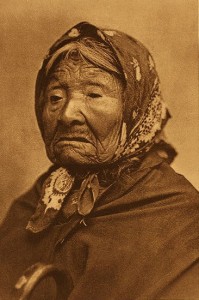Good morning.
Wednesday brings sunny skies and a balmy, forty-degree temperature.
On this day in 1945, America began the invasion of Iwo Jima, a notably intense, month-long battle against Japanese forces. The Associated Press reported the Marines’ landing:
Advanced Headquarters, Guam, Monday, Feb. 19 – American Marines, their path cleared by the most intensive neutralization campaign of the Pacific war, have landed on strategic little Iwo Island, one of the Volcano group, 750 statute miles south of Tokyo.
The landing was made this (Monday) morning. The Fourth and Fifth Marine Divisions made this first Marine Operation since the Palaus were invaded last September. [Lieut. Gen. Holland M. Smith, victor over the Japanese on Saipan, was in command of the Marines, The United Press said.]
Admiral Chester W. Nimitz announced in a special communique; today the momentous development in the fast-moving Pacific war which put American troops on the logical ocean stepping-stone to Tokyo.
Iwo is so close to Tokyo that it is administered by Tokyo prefecture.

On February 19th, 1968, a noted photographer is born, near our city:
1868 – Photographer Edward S. Curtis Born
On this date Edward Sheriff Curtis was born near Whitewater. As a young boy, he taught himself photography. His family eventually moved to the Puget Sound area of Washington state. He settled in Seattle and opened a photography studio in 1897.A chance meeting on Mount Rainier resulted in Curtis being appointed official photographer on railroad magnate E.H. Harriman’s expedition to Alaska. Curtis also accompanied George Bird Grinnell, editor of Field and Stream magazine, to Montana in 1900 to observe the Blackfoot Sun Dance.
After this, Curtis strove to comprehensively document American Indians through photography, a project that continued for over 30 years. Working primarily with 6 x 8-inch reflex camera, he created over 40,000 sepia-toned images. His work attracted national attention, most notably from Theodore Roosevelt and J. Pierpont Morgan, whose family contributed generously to his project.
His monumental work, The North American Indian, was eventually printed in 20 volumes with associated portfolios. Curtis’ work included portraits, scenes of daily life, ceremonies, architecture and artifacts, and landscapes. His photographs have recently been put online by the Library of Congress.[Source: Dictionary of Wisconsin Biography, SHSW 1960, pg. 892]
Puzzability‘s Wednesday game continues a sports-theme:
|
This Week’s Game — February 17-21
|
|||||
|
Cities of Gold
|
|||||
|
Here’s our inside track at the Olympics. For each day this week, we started with the name of a city in which the Winter Olympics have been held. Then we hid it in a sentence, with spaces added as necessary. The answer spans at least two words in the sentence and starts and ends in the middle of words. The day’s clue gives the sentence with a torch in place of the city name.
|
|||||
|
Example:
|
|||||
|
I didn’t qualify for the luge finals after my qualifying time was to
|
|||||
|
Answer:
|
|||||
|
Oslo (too slow)
|
|||||
|
What to Submit:
|
|||||
|
Submit the city (as “Oslo” in the example) for your answer.
|
|||||
|
Wednesday, February 19
|
|||||
|
